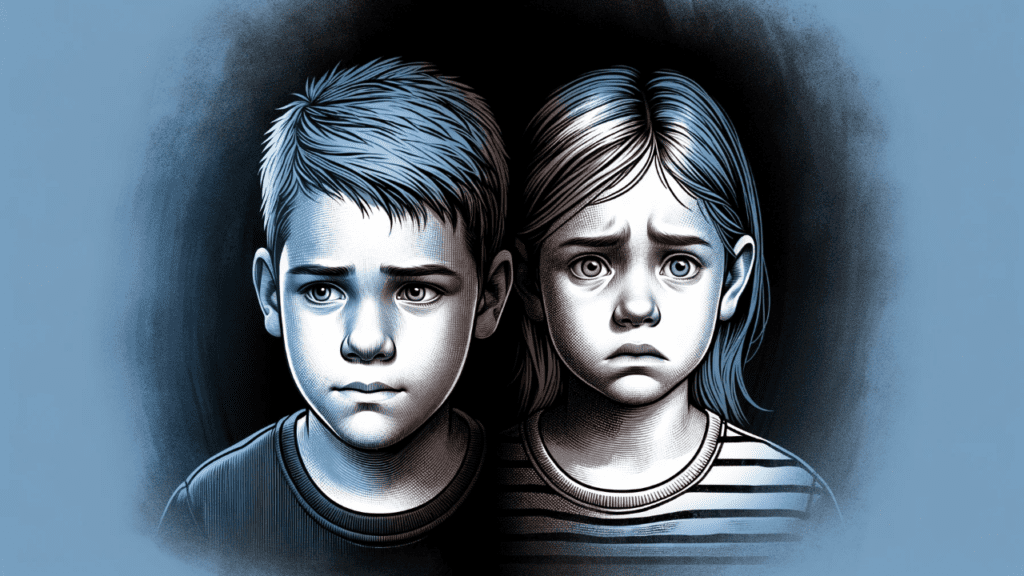Do Boys and Girls Experience Tic Disorders Differently?
We are talking about Boys Vs. Girls. You may have heard the statistics but what do they really mean?
👉🏻what the studies say
👉🏻what the studies are missing
👉🏻what does this mean for your family?
Tics like throat clearing, blinking, sniffing and other involuntary movements often emerge in childhood. And as a parent, you may wonder – do tics impact boys and girls the same way? Or are there key differences?
Emerging research indicates there are some variations in how boys and girls experience tic disorders. However, the uniqueness of each child still factors in heavily. For example, some studies suggest that boys may be more likely to experience motor tics, such as repetitive movements, while girls may be more prone to vocal tics, such as throat clearing. Despite these general trends, it’s important to remember that every child is unique and may not fit into these patterns. When it comes to managing tic disorders naturally, it’s crucial to consider each child’s individual needs and experiences in order to find the most effective approach. This may involve exploring holistic therapies, lifestyle changes, and other natural methods tailored to the specific needs of each child.
Let’s explore what science says about gender and tics, along with the clinical perspective.
The Research on Tics: Boys vs Girls
A 2022 study discovered boys tend to have more severe outward tic symptoms. This included higher rates of coprolalia (inappropriate words or swearing) and self-injurious tics.
However, girls showed much higher incidence of internalizing emotional issues that accompany tics. These included anxiety, depression, panic attacks, and thoughts of self-harm.
The study confirms clinical observations that girls frequently struggle more with the emotional and mental toll of living with tic disorders.
Boys Tend to Have More ADHD/OCD
The research also indicates boys generally have higher occurrence of co-existing conditions like ADHD, OCD, and rage issues. Girls dealt more with anxiety and depressive disorders co-occurring with their tics.
However, studies still show high variability between individuals. While trends emerge, each child’s symptoms manifest uniquely based on their genetics, triggers, lifestyle factors, and more.
For example, some girls still exhibit severe outward tics like coprolalia. And some boys primarily battle emotional challenges that accompany their tics instead of obvious outward symptoms.
Unique Individual Factors Trump Blanket Approaches
So while research paints broad brushstrokes, it’s essential to still evaluate each child as an individual first and foremost. Key influencing variables include:
– Genetic vulnerabilities
– Environmental toxin exposures
– Nutrient deficiencies
– Infections
– Food intolerances
– Burden of inflammation
– Stress triggers
The total body burden plus genetic risks combine to shape tic severity and types of symptoms. Therefore, personalized treatment approaches catered to the child work better than blanket protocols.
Testing Provides Missing Puzzle Pieces
Testing biomarkers for the gut, brain, nutrients, immune imbalance, hormone dysregulation and more helps piece together the drivers of tics.
This data enables identifying the triggers and deficiencies unique to each child – no matter if male or female. Testing equips parents and doctors to resolve tic disorders through personalized plans.
Bottom line – while boys and girls may statistically have some differences, each child still deserves an individualized approach. Testing delivers the insights needed to get to the roots instead of chasing surface symptoms alone.

